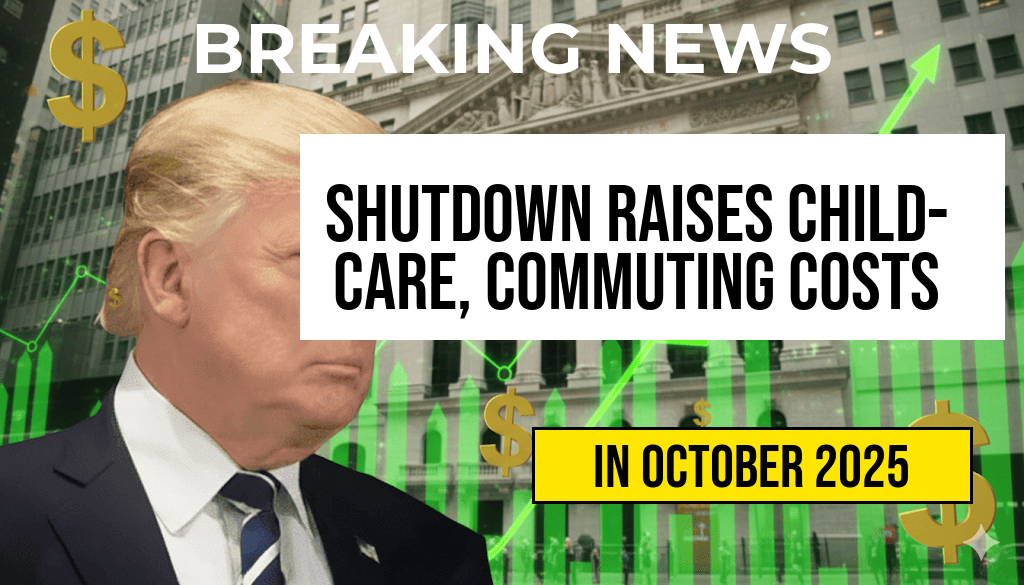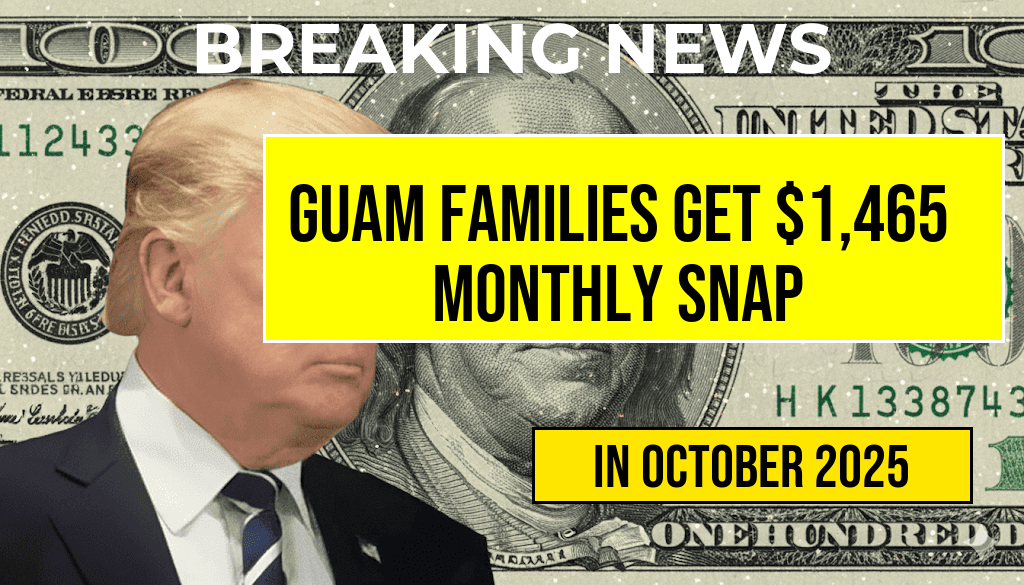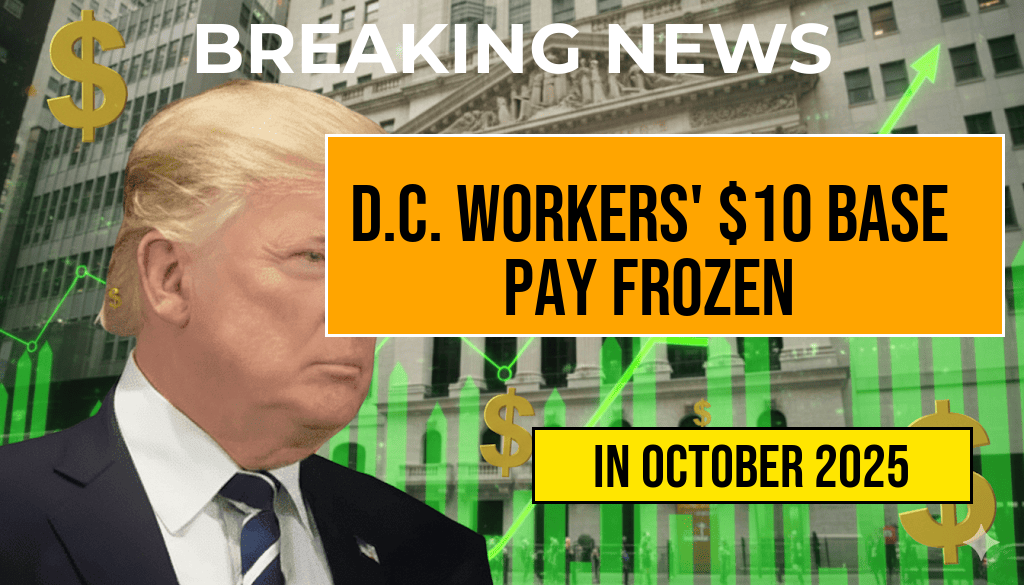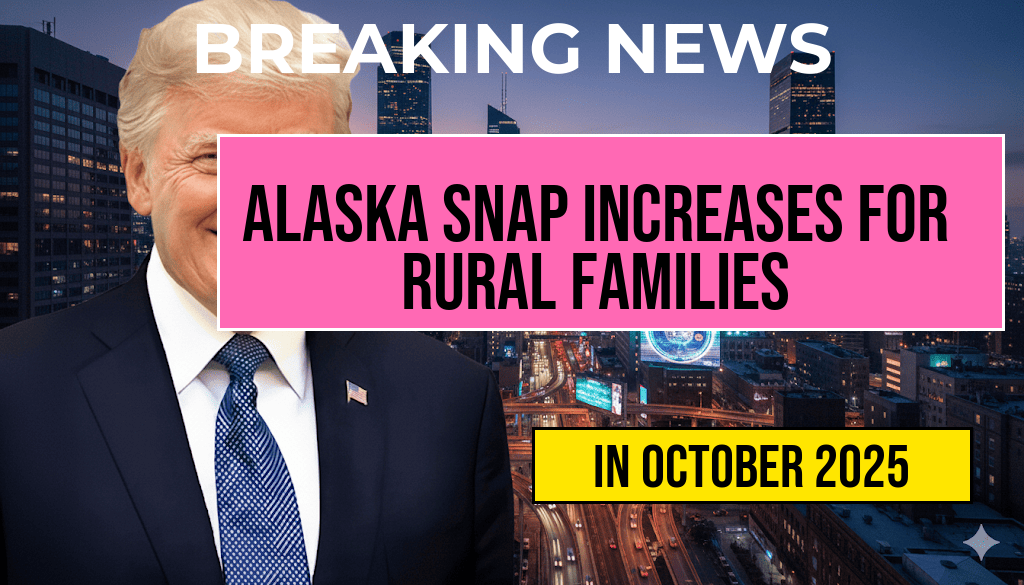The ongoing government shutdown has begun to take a significant toll on the everyday lives of residents in the Washington, D.C. region. As federal programs and services come to a halt, families are facing soaring child-care costs and increased commuting expenses, compounding the financial strain many were already experiencing. Reports indicate that child-care centers are raising their fees due to reduced federal funding, while commuters find themselves grappling with higher transportation costs as public transit services scale back operations. The full impact of the shutdown is still unfolding, but local experts warn that these escalating expenses could lead to a ripple effect throughout the economy, affecting everything from consumer spending to overall job security in the area.
Child-Care Costs on the Rise
As the shutdown drags on, many child-care providers in the D.C. region are feeling the strain. Federal funding cuts have forced some centers to raise their fees, while others are struggling to maintain staff levels. According to a recent survey by the National Association of Child Care Resource & Referral Agencies, nearly 40% of child-care providers reported increasing their rates in response to financial pressures.
- Increased Demand: Many parents, unable to work from home, are forced to seek alternative child-care solutions.
- Staff Shortages: With funding cuts, child-care centers are unable to pay competitive wages, leading to staff shortages.
- Quality Concerns: Higher costs may result in compromised quality of care, as centers cut corners to stay afloat.
Commuting Costs Surge
In addition to child-care expenses, the shutdown has led to a surge in commuting costs for many D.C. residents. Public transportation systems, which rely heavily on federal funding, are facing budget shortfalls, leading to increased fares and reduced service frequency. Commuters who rely on the Metro system have reported longer wait times and more crowded trains, forcing many to seek alternative transportation methods.
| Transportation Mode | Cost Before Shutdown | Current Cost | Change (%) |
|---|---|---|---|
| Metro Subway | $2.50 | $3.00 | 20% |
| Bus Fare | $1.75 | $2.00 | 14% |
| Ride-Sharing Services | $15.00 | $20.00 | 33% |
Long-Term Economic Implications
The escalating costs of child care and commuting could have broader implications for the regional economy. Experts warn that as families allocate more of their budgets to these necessities, discretionary spending on goods and services may decline, potentially stalling economic growth. Additionally, businesses reliant on a stable workforce may face challenges as employees struggle with increased financial burdens.
“The shutdown is not just a political issue; it has real consequences for families,” said Dr. Emily Jones, an economist at the Brookings Institution. “If families are forced to divert funds to child care and commuting, it could lead to decreased spending in other areas, which would ultimately hurt local businesses.”
Community Responses
In response to the increasing financial pressures, several community organizations and local governments are mobilizing to provide assistance. Initiatives include emergency child-care vouchers, food assistance programs, and public forums to help families navigate these challenges. Local advocacy groups are also pushing for legislative solutions to restore funding and support for both child care and public transportation.
- Emergency Child-Care Vouchers: Programs aimed at helping low-income families manage rising costs.
- Food Assistance: Local food banks report increased demand as families struggle to make ends meet.
- Public Forums: Community discussions aimed at addressing the challenges posed by the shutdown.
The impact of the government shutdown continues to unfold, presenting challenges for families and the economy alike. As residents navigate these tough times, community support and federal intervention will be crucial in mitigating the adverse effects of rising child-care and commuting costs.
For more information on the economic implications of the government shutdown, visit Forbes or learn about child-care resources at Wikipedia.
Frequently Asked Questions
What are the main effects of the government shutdown on child-care costs?
The government shutdown has led to a significant increase in child-care costs in the DC region, as many facilities face uncertainty about funding and staffing, causing prices to rise for parents seeking reliable care.
How have commuting expenses been impacted by the shutdown?
Commuting expenses in the DC region have surged due to the government shutdown, with many workers experiencing higher costs related to public transportation and increased traffic congestion as more people are forced to drive.
Are there any resources available for families affected by rising child-care costs?
Families affected by rising child-care costs can explore various resources, including government assistance programs, non-profit organizations, and local initiatives aimed at providing financial support during the shutdown.
What should commuters be aware of during the government shutdown?
Commuters should be aware that commuting expenses may continue to rise during the government shutdown, and they should plan accordingly by considering alternative routes, public transportation options, and potential delays.
How long is the government shutdown expected to last?
The duration of the government shutdown is uncertain, and its length can directly affect both child-care costs and commuting expenses. It is advisable for individuals to stay informed through official government announcements for updates.








